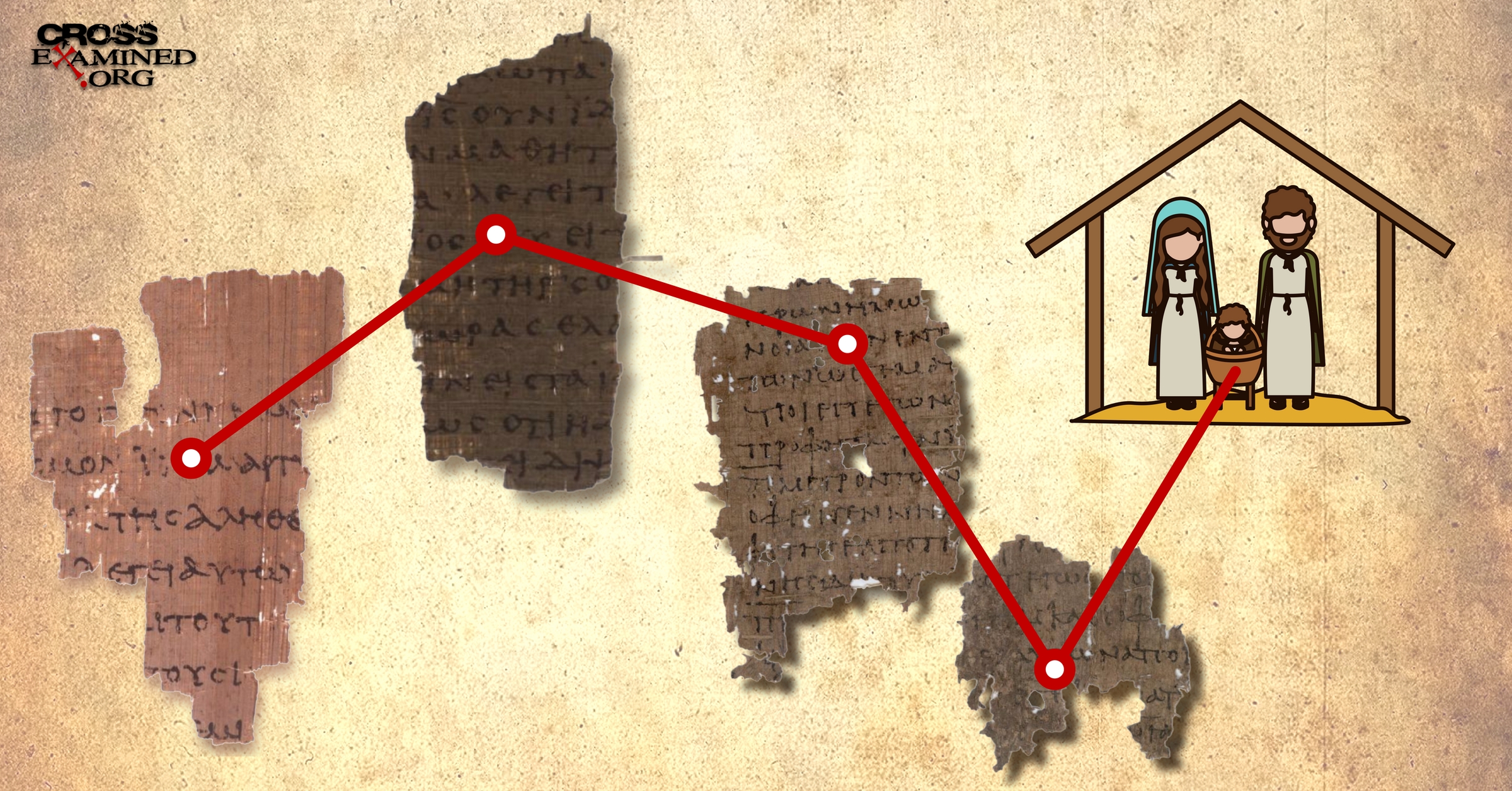Because Paul crisscrossed paths with many folks, some repeatedly, it’s quite enlightening to compare how these people are portrayed in the book of Acts with what Paul hints at in his own letters. Among these characters, Timothy stands out as a particularly intriguing figure.
In 1 Corinthians 4:17, Paul mentions sending Timothy, his “beloved and faithful child in the Lord,” to jog the Corinthians’ memory about Paul’s ways in Christ. Now, from this passage alone, it’s a bit tricky to figure out if Timothy was sent before the letter or with it. In 1 Corinthians 16:10-11, though, Paul makes it clear that Timothy was dispatched before the letter was penned. He talks about Timothy’s impending arrival as something distinct from when the Corinthians would receive the letter itself – “When Timothy comes, …”
Contradictory Accounts?
Now, when you stack these two passages side by side, a puzzling question pops up. If Timothy was sent first, why didn’t he show up first? And if he did arrive first, why bother sending instructions afterward on how to welcome him?
The most sensible answer is that Timothy, even though sent ahead, must have taken a more roundabout route to Corinth. The quickest way from Ephesus, where Paul was writing, to Corinth would be by ship, covering the distance in a jiffy with a favorable wind. But, as we dig into Luke’s account in Acts 19:21-22, we discover that Timothy, when leaving Ephesus, opted for the overland route, traveling up through Macedonia.
We stumble upon these coincidences that weren’t orchestrated but fit together seamlessly. Paul’s letter doesn’t mention a word about Timothy’s trek through Macedonia, and Acts doesn’t bring up Paul’s letter. Yet, Acts offers the only sensible explanation for these offhand remarks Paul makes in his letter, creating this neat puzzle where the pieces just click into place.
How Did The Philippian Church Know Timothy?
But there’s more about Timothy. When Paul writes the church at Philippi, he says:
“I hope in the Lord Jesus to send Timothy to you soon, so that I too may be cheered by news of you. For I have no one like him, who will be genuinely concerned for your welfare. For they all seek their own interests, not those of Jesus Christ. But you know Timothy’s proven worth, how as a son with a father he has served with me in the gospel” (Philippians 2:19-21).
In this passage, it’s pretty clear that the Philippians knew Timothy and had seen him working alongside Paul. The nifty part is how there’s this subtle and smooth connection between what’s written in Philippians and the story in the book of Acts. So, in Acts 16, Paul starts traveling with Timothy, a convert from around Lystra and Iconium. After that, the Acts story gets into Paul’s travels across Asia Minor to Troas and then Macedonia.
When they hit Philippi, the story dives into Paul’s missionary adventures, detailing his struggles and hardships. Acts 17 continues the journey, covering Paul’s move from Philippi to Thessalonica, where things get pretty heated, and he has to leave. Then comes this sneaky part: the brothers secretly send Paul and Silas to Berea at night, and when they get there, they hit up the Jewish synagogue. That’s when Timothy pops back into the picture:
“Then the brothers immediately sent Paul off on his way to the sea, but Silas and Timothy remained there” (Acts 17:14).
So, even though Timothy wasn’t explicitly mentioned during the journey, Acts 17:10-15 shows that he was indeed rolling with Paul at Berea. Silas gets more spotlight in the story, but Acts hints that Paul had more buddies along, including the author himself. This revelation about Timothy being there in Berea fills in the gaps and explains how the Philippians knew about Timothy’s skills and saw him working hard with Paul, like a son with his father.
What’s interesting is that Acts doesn’t just say Timothy was in Philippi. You have to connect the dots by piecing together Timothy’s role from different mentions in Acts. It’s not like the author of Acts was trying to be all sneaky and create a link with Philippians. Instead, this connection adds weight to the idea that the author of Acts really knew Paul’s life inside out, including his friends and moves during that time.
Paul Alone In Athens
But wait, there’s another nice example of an undesigned coincidence in this same passage. So, in Thessalonica, Paul’s ministry gets interrupted by a rowdy bunch of Gentiles riled up by the local Jews, prompting a quick escape with Silas for Berea (Acts 17:10). When the troublemakers catch wind that Paul’s still preaching in Berea, they show up, causing a ruckus. Paul has to skedaddle to Athens in a hurry, leaving Silas and Timothy behind (Acts 17:14). Now, Acts doesn’t spill the tea on why Paul left Silas and Timothy hanging. But then, 1 Thessalonians 3:1-5 gives us the missing piece:
“Therefore when we could bear it no longer, we were willing to be left behind at Athens alone, and we sent Timothy, our brother and God’s coworker in the gospel of Christ, to establish and exhort you in your faith…”
Turns out, under the circumstances, Paul sent Timothy back to Thessalonica to check on the folks there and report back while Paul was busy in Athens. This neatly clears up the unexplained bit in Acts, making sense of the separation from Silas and Timothy.
Timothy’s Mixed Upbringing
Here’s another neat example of undesigned coincidences, from Paul’s second letter to Timothy, where describes Timothy rather than mentioning his travels:
“…and how from childhood you have been acquainted with the sacred writings, which are able to make you wise for salvation through faith in Christ Jesus.” (2 Timothy 3:15)
Clearly, Paul’s talking about the Jewish scriptures here, but he doesn’t give any hint as to how Timothy, who wasn’t circumcised until after his conversion as a young man (as mentioned in Acts 16:3), got to know them. The missing piece of information falls into place when we check out Acts 16:1:
“Paul came also to Derbe and to Lystra. A disciple was there, named Timothy, the son of a Jewish woman who was a believer, but his father was a Greek.”
Seems like Timothy’s Greek dad wasn’t on board with the whole circumcision thing. But his Jewish mother made sure he got schooled in the scriptures of her people. Paul even names his mother and grandmother in 2 Timothy 1:5.
Timothy’s Knowledge Of Paul’s Persecutions
But there’s more! In 2 Timothy 3:10-11, Paul talks about how Timothy followed his teachings, behavior, and experiences, especially the tough times in Antioch, Iconium, and Lystra. Now, the Antioch here isn’t the famous one in Syria, but a different one in Pisidia. Acts 13 in the Bible says that Paul and Barnabas got into trouble there, stirred up by the locals. They had to skip town and faced more problems in Iconium, so they moved on to Lystra and Derbe.
In Acts 14, it mentions Paul getting stoned and dragged out of the city by angry folks from Antioch and Iconium. This lines up perfectly with what Paul mentions in 2 Timothy 3:10-11 about the persecutions he faced in Antioch, Iconium, and Lystra. It matches not only in the cities but also in the order Paul talks about them.
Here’s another cool tidbit: In Acts, Lystra and Derbe are often mentioned together, just like in 2 Timothy. But, interestingly, Paul doesn’t face any troubles in Derbe, and sure enough, it’s not mentioned in the list of persecutions in 2 Timothy. So, there’s a perfect match between what Paul says and what happened in Acts.
Now, Paul also implies that Timothy saw or at least knows about these persecutions. Acts backs this up. In Acts 15:36, it says Paul went on a second journey to check on the folks he converted during the first trip. In Acts 16:1-2, we find out that Timothy, a disciple from Lystra, was well-regarded in the community. This suggests that Timothy might have been converted during Paul’s earlier visit when all the tough times were going down. So, it looks like Timothy was there, or at least very aware of what Paul went through in those cities.
What This All Means
Does the fact that these passages don’t match up exactly, and they’re scattered throughout without sounding alike, make you think someone’s trying to trick us? Or does each one just fit naturally where it is? If it’s the latter, it’s pretty unlikely that someone cooked up these connections on purpose. These accounts sound like what we would expect if different people, at different times and places, are sharing different parts of the same story.
Think about it this way: Imagine someone trying to copy an important document, but they change a few words here and there to make it seem original. We can see this happening with some writings from the second century, like the “Gospel of Peter,” where they use phrases almost identical to ones found in well-known Gospels to make their writing seem legit:
- “And one of them brought a crown of thorns and put it on the head of the Lord.” (similar to Mark 15:17)
- “And they brought two malefactors, and they crucified the Lord between them.” (similar to Luke 23:32-33)
- “And in that hour the veil of the temple in Jerusalem was rent in twain.” (similar to Mark 15:38)
- “But who shall roll away for us the stone …?” (similar to Mark 16:3)
- “Whom seek ye? Him that was crucified? He is risen and gone.” (similar to Mark 16:6)
Here, the similarities are on purpose to make it seem real. But when we look at Acts and the Pauline letters, they’re not like that. They don’t match word for word, and they’re connected in more subtle ways. This makes it pretty impressive evidence that they’re telling us the truth about what really happened, without needing to fake anything.
Recommended resources related to the topic:
Why We Know the New Testament Writers Told the Truth by Frank Turek (mp4 Download)
The Top Ten Reasons We Know the NT Writers Told the Truth mp3 by Frank Turek
The New Testament: Too Embarrassing to Be False by Frank Turek (DVD, Mp3, and Mp4)
____________________________________________________________________________________________________________________________________________________
Erik Manning is the creative force behind the YouTube channel Testify, which is an educational channel built to help inspire people’s confidence in the text of the New Testament and the truth of the Christian faith.
Originally published at: Is Jesus Alive?



